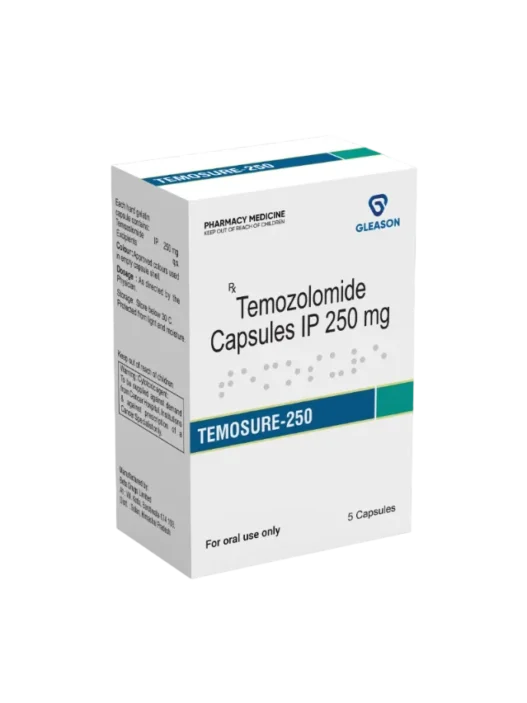The tumor ablation market is growing rapidly due to advances in minimally invasive treatments and rising global cancer rates. Tumor ablation is a therapeutic procedure that uses heat, cold, or chemical agents to destroy cancer cells, making it a preferred option for patients seeking targeted treatment with shorter recovery times.
In 2023, the tumor ablation market was valued at approximately USD 1.9 billion and is anticipated to expand at a CAGR of 14.2% from 2024 to 2032, ultimately reaching around USD 6.3 billion by 2032. The Asia Pacific region holds a significant share due to rising healthcare investments and rapid adoption of new medical technologies.
2. Key Market Trends
a. Rising Demand for Minimally Invasive Procedures
With patients increasingly opting for minimally invasive treatments, tumor ablation is gaining popularity as it offers:
- Targeted cancer cell destruction, preserving surrounding healthy tissues.
- Reduced recovery time and lower complication rates, allowing patients to resume their daily activities sooner.
- Outpatient treatment potential, significantly lowering hospital stay costs.
b. Technological Advancements
The tumor ablation market has seen considerable technological innovation, with various techniques emerging to suit different cancer types and locations. Notable advancements include:
- Radiofrequency Ablation (RFA): A technique that uses heat generated by radio waves to destroy cancer cells. RFA is widely used due to its precision and effectiveness in treating small tumors.
- Microwave Ablation: A technique that utilizes electromagnetic waves to produce heat and ablate cancer cells. Known for its faster treatment times and higher temperatures, microwave ablation is especially useful for larger tumors.
- Cryoablation: This involves using extreme cold to freeze and destroy cancer cells. Cryoablation is effective for soft-tissue tumors, such as in the kidneys or lungs, and provides fewer side effects.
- Irreversible Electroporation (IRE): IRE uses electrical pulses to destroy cancer cells while preserving nearby structures, making it an emerging technique for sensitive areas.
c. Growing Cancer Incidence
The World Health Organization reports rising cancer cases worldwide, especially in Asia Pacific. Lifestyle changes, aging populations, and environmental factors contribute to this increase. Tumor ablation technologies have become crucial for oncology treatments, where conventional surgical approaches may not be feasible, such as in high-risk or hard-to-reach areas.
3. Market Dynamics
Market Drivers
- Increasing Cancer Rates: The surge in cancer incidences globally is directly boosting demand for effective treatments, including tumor ablation.
- Patient Preference for Minimally Invasive Options: Patients today prioritize treatments that allow for faster recovery, less pain, and fewer side effects, which has fueled the demand for tumor ablation technologies.
- Advancements in Imaging Technologies: Improved imaging technologies, such as MRI and CT scans, enhance ablation accuracy, allowing for better patient outcomes.
Market Restraints
- High Procedure Costs: Tumor ablation can be expensive, especially for patients in regions with limited healthcare insurance coverage.
- Limited Availability in Some Regions: In emerging markets, accessibility to advanced tumor ablation technologies may be limited, which can hinder growth.
Opportunities
- Expansion in Emerging Markets: With growing healthcare infrastructure and government initiatives, markets in Asia Pacific, Latin America, and the Middle East present immense opportunities.
- Development of New Technologies: Innovations like robot-assisted ablation and AI integration for precision targeting are anticipated to drive future growth.
4. Asia Pacific Tumor Ablation Market: Competitor Landscape
The Asia Pacific region shows substantial potential for growth, driven by rising healthcare spending, increased medical tourism, and a focus on cancer treatment advancements. Key players in the market include:
- EDAP TMS: Known for ultrasound-based technologies, particularly in non-invasive and minimally invasive oncology treatments.
- Medtronic plc: A global leader offering a wide array of medical technologies, including innovative tumor ablation solutions.
- Boston Scientific Corporation: Recognized for its advanced radiofrequency and microwave ablation devices, catering to diverse cancer types.
- AngioDynamics, Inc.: Specializes in interventional oncology solutions, including state-of-the-art ablation technologies.
Patent Analysis, Grants, and Funding
- Patent Analysis: Recent patents include innovations in device technology, such as cryoprobes and ablation generators, which improve treatment effectiveness and patient safety.
- Grants and Funding: Investment in research and development is vital to the sector, with grants often aimed at partnerships between corporations and research institutions. Government funding also plays a role, especially in the Asia Pacific region, where healthcare is expanding rapidly.
5. Investment Landscape
Investment in the tumor ablation market is robust, with both private investors and venture capitalists increasingly interested in this high-growth sector. Key investment trends include:
- Venture Capital Investments: Investors are actively funding startups focused on developing new ablation technologies, such as portable ablation devices or systems with integrated AI capabilities.
- Partnerships and Collaborations: Companies are entering into strategic collaborations with academic institutions, hospitals, and technology firms to enhance product offerings and expand market reach.
- Clinical Trials and Academic Partnerships: Clinical trials are essential for demonstrating the safety and efficacy of new ablation technologies. Partnerships with leading research institutions accelerate technology validation and adoption.
6. Regulatory Framework and Reimbursement Landscape
Obtaining regulatory approval is a complex process, varying significantly by region:
- Regulatory Approvals: In the U.S., devices are typically approved by the FDA, whereas in the EU, the CE marking is required. These approvals ensure that devices meet safety and efficacy standards, which is crucial for patient adoption.
- Reimbursement Challenges: Reimbursement policies also vary, with certain regions offering limited or no coverage for tumor ablation procedures, which can impact patient access. In Asia Pacific, as healthcare coverage improves, the market is expected to expand further.
7. Market Segmentation
The tumor ablation market is segmented based on technology, application, and end user, as follows:
- By Technology: Radiofrequency, Microwave, Cryoablation, IRE, and Others
- By Application: Liver Cancer, Lung Cancer, Kidney Cancer, Bone Metastasis, Others
- By End User: Hospitals, Specialty Clinics, Ambulatory Surgical Centers
Each segment shows distinct growth potential, with liver and lung cancer ablation applications leading due to the high prevalence and favorable treatment outcomes.
8. Future Growth and Market Outlook
The tumor ablation market is expected to continue growing as awareness and accessibility increase:
- Emerging Trends: Precision medicine and personalized oncology are influencing the development of ablation technologies tailored to individual patient needs. The use of robotics and AI for enhanced precision in tumor ablation is an exciting development expected to gain traction.
- Asia Pacific’s Role: As Asia Pacific healthcare systems continue to modernize, this region is projected to be a leading contributor to market growth, driven by investments in cancer treatment infrastructure, government support, and an expanding patient population.










